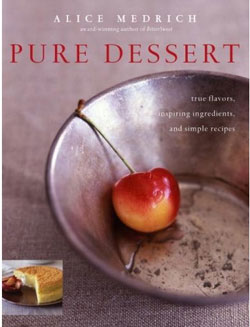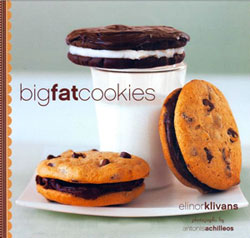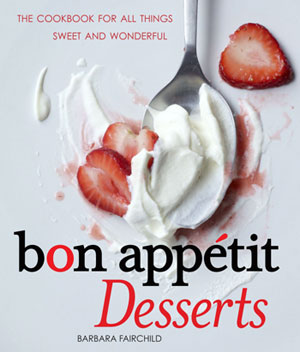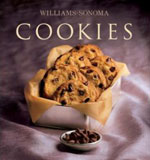 I've said it before, but I'm in awe of Alice Medrich. She was an early chocolate evangelist in the Bay Area, who brought us luscious desserts and truffles, inspired by what she had tasted and learned in France. Over the past few years she has written several terrific and award-winning books on chocolate including Bittersweet, Chocolate and the Art of Low-Fat Desserts, and Chocolate Holidays.
I've said it before, but I'm in awe of Alice Medrich. She was an early chocolate evangelist in the Bay Area, who brought us luscious desserts and truffles, inspired by what she had tasted and learned in France. Over the past few years she has written several terrific and award-winning books on chocolate including Bittersweet, Chocolate and the Art of Low-Fat Desserts, and Chocolate Holidays.
Her latest book is a bit of a departure, it's not just about chocolate, but an exploration into the world of high quality ingredients. The chapters in Pure Dessert are focused on the flavors of Milk, Grain, Nuts and Seeds, Fruit, Chocolate, Honey and Sugar, Herbs and Spices, Flowers and Herbs, and Wine, Beer and Spirits. Intriguing, don't you think?





